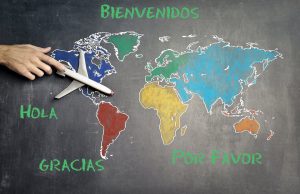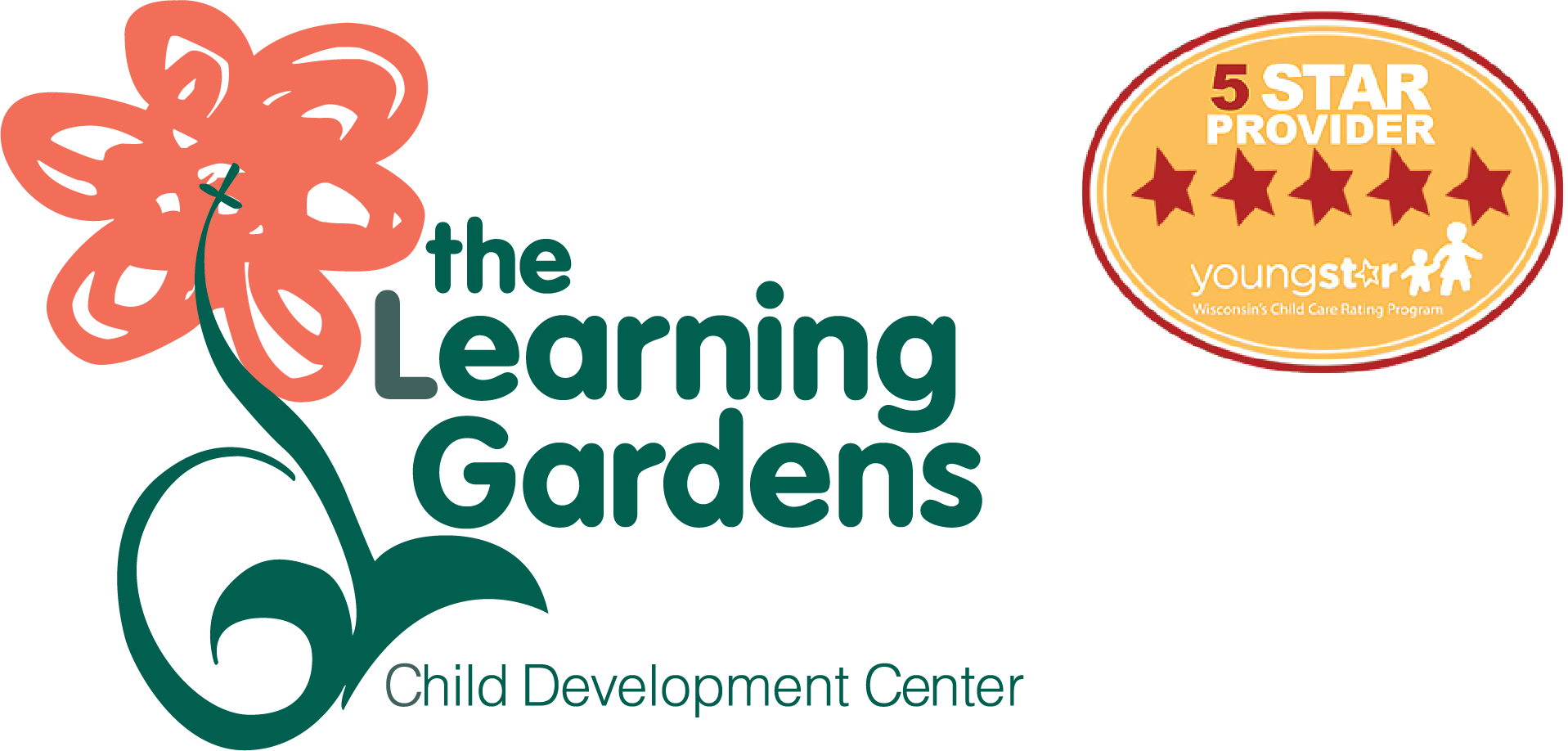Languages – Sign and Spanish


The Learning Gardens is proud to offer both Spanish and Sign Language in their curriculum.
From the moment a child is born, they are learning how to communicate – progressing from simply crying and cooing, to speaking in phrases, and eventually to making short sentences. Research has shown that the early years – prior to age five – are the best time to educate children in different modes of communication and in language. This includes beyond the spoken word as many young children have an aptitude for signing and can communicate their needs before they are able to speak actual words.
As one of your child’s first teachers, we believe that by exposing them to multiple languages and ways to communicate, your child will be able to connect better with the world around them and become stronger communicators. As a result, we offer both Spanish and Sign Language in all of the classrooms.
Language Development Begins at Birth
You can help your baby develop solid language skills through talking, singing, playing, and reading together. Games and activities that teach babies how to understand and use language are an easy, natural way of building a loving and lasting connection with your child.
Although your baby is years away from becoming a reader, their skills are already beginning to develop to prepare them for reading and writing. While your little one won’t be doing this for quite some time, you can begin now to help develop a love of language and books by listening and making sounds and words. These skills lead to language development and literacy. Communication through play is the key to developing both a loving relationship and a budding reader. Talking about things that interest your baby, saying nursery rhymes, playing “peek-a-boo” and other games, and reading board books are all simple but important ways to begin. Below are more ideas to encourage your baby to grow up to love reading and writing.
How to Help Babies Learn Language
- Talk to your baby about his world. Babies respond best to adults who make eye contact with them, touch them, and talk in a lively way about the world around them. When you talk with your baby, you teach new words while showing the rhythms and patterns of language.
- Talk back when your child talks to you. When you take turns talking with your baby, you encourage speech. Even if they are not yet speaking words, you can still take turns by listening to their sounds, making the same noise, and letting them talk back.
- Ask your baby to point to the pictures. When you ask your baby to point to pictures in books, you help make a connection between the word and a familiar object. You are also teaching that books contain information that is interesting and can be a source of delight.
- Play games to teach your baby words. Babies love to connect with parents through playing simple games. When you play “Where’s your nose?” or sing songs with finger plays like “The Wheels on the Bus,” you actually teach your baby new words and help practice speech.
- Offer older babies paper and crayons. They’ll scribble at first, but with practice, their work will look more like writing. Talk with them about their writing to help them understand that writing represents objects and ideas.
 Spanish
Spanish Sign Language
Sign Language

